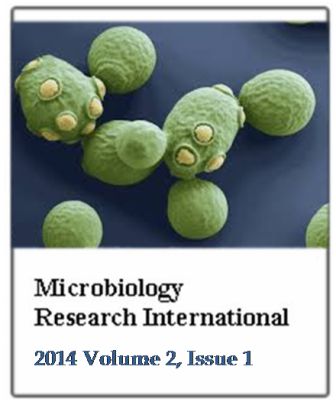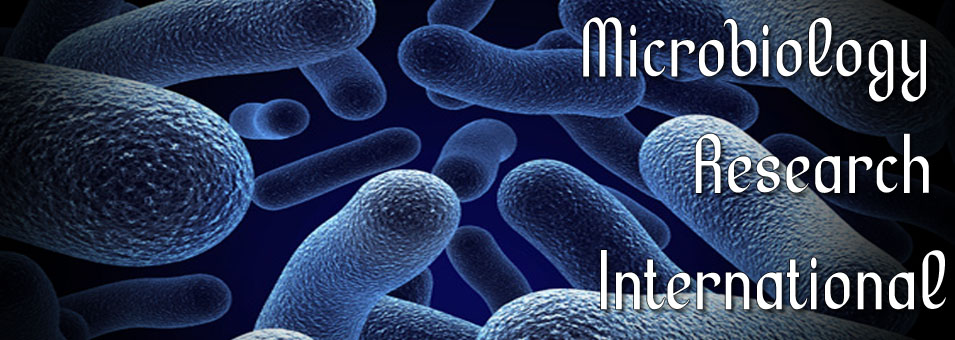Differences in the amount of β-glucan and mannan in strains of Saccharomyces cerevisiae and Meyerozyma guilliermondii isolated from agave must used in tequila production
Solís-Pacheco Josué, Peter Knauth, López Zaira, González-Reynoso Orfil, Macías-Rodríguez María Ester, González-Álvarez Víctor, Lacroix Monique and Aguilar-Uscanga Blanca RosaMicrobiology Research International
Published: January 6 2014
Volume 2, Issue 1
Pages 1-8
Abstract
The increasing commercial and biotechnological interest in yeast cell wall components has brought about the search of low cost sources. One potential source may be the yeast cultures obtained from fermentation processes and particularly, those that are usually discarded afterwards. In this contribution, we isolated five yeast strains from the agave must and found, next to Saccharomyces cerevisiae (CTGM, CTSA) and Meyerozyma guilliermondii (CT15, CT25, CT35), which has not been reported to be involved in the tequila production before. All strains were grown non shaken in agave must with 30 gL-1 of sugars and 5 gL-1 of (NH4)2SO4. It was found that the cell wall composition was more variable among the strains than between the species and highly depended on the growth phases. In the stationary phase, only two strains (CT15 and CT25) had a high b-glucan content in the cell wall (~30 mg g-1) while the others yielded only 3 to 18 mg g-1, also the control bakery yeast strain. This indicates that the specific selection of the strain and the strong influence of the agave juice may promote a variation in the synthesis of polysaccharides in the cell wall. Results showed that, under the great diversity of the yeasts used in the tequila industry, additional studies must be carried out to find the most suitable and productive yeast strains for isolation of b-glucans and mannans.
Keywords: Saccharomyces cerevisiae, Meyerozyma guilliermondii, cell wall, tequila, agave.
Full Text PDF
